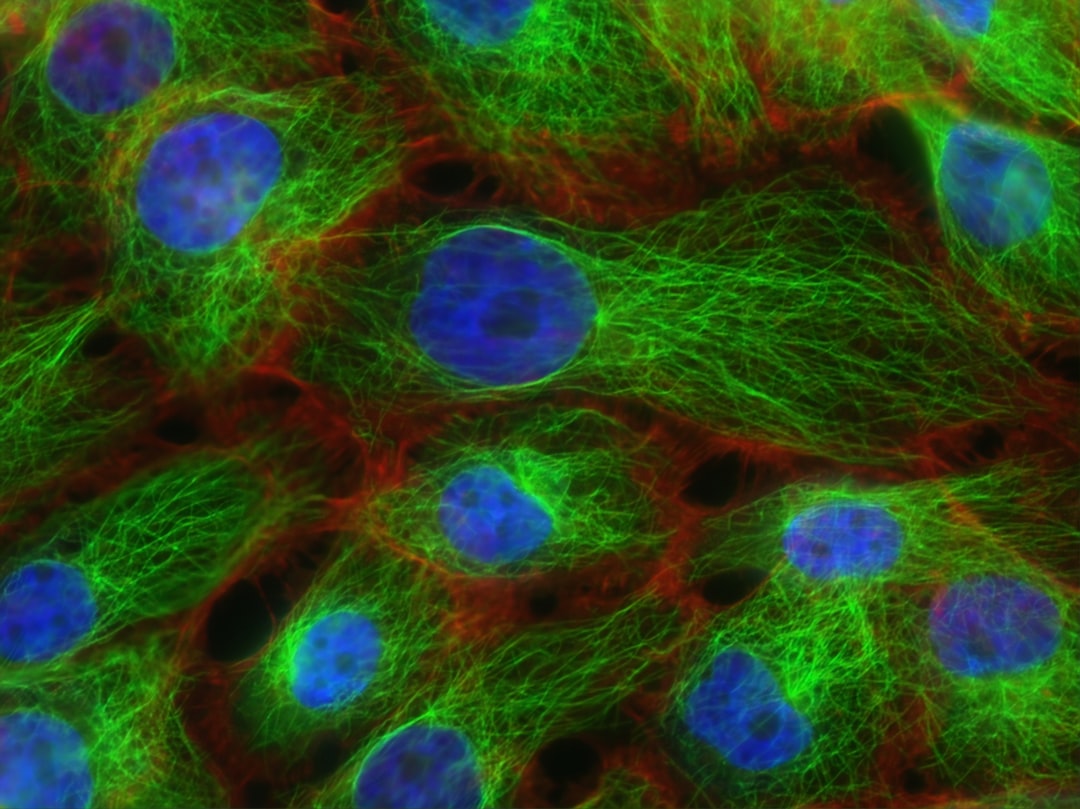What is it about?
Plant growth promoting fungi, Serendipita vermifera and S. vermifera subsp. bescii, exhibit growth responses consistent with nutrient scavenging for nitrogen and phosphorus, supporting the hypothesis that these fungi can improve both N and P nutrition of host plants. Large changes in differentially expressed proteins under resource limitation point to large-scale metabolic changes, including large-scale protein remodeling, under resource limitation.
Featured Image

Photo by Krzysztof Niewolny on Unsplash
Why is it important?
Serendipitaceae fungi hold great potential to benefit crop plants yet are vastly understudied. Here we utilized a proteomics approach to compare two strains from North America and Australia. This study for the first time provides novel insight into nutrient acquisition mechanisms employed by these fungi, which will inform our efforts to optimize these symbioses for the improvement of agronomically important crops.
Perspectives
Approximately 95% of the N present in the soil is in its organic form, covalently bound to carbon and requiring huge amounts of energy to release a biologically available form of N. Serendipitaceae fungi have the metabolic capacity to assimilate N from such organic forms of N-containing compounds. Considering their proven beneficial impact on plant growth and nutrient acquisition, Serendipitaceae fungi should be considered as an previously hidden, but amenable and effective microbial tool for enhancing plant productivity in nutrient poor soil.
Prasun Ray
Noble Research Institute LLC
Read the Original
This page is a summary of: Scavenging organic nitrogen and remodelling lipid metabolism are key survival strategies adopted by the endophytic fungi,
Serendipita vermifera
and
Serendipita bescii
to alleviate nitrogen and phosphorous..., Environmental Microbiology Reports, May 2019, Wiley,
DOI: 10.1111/1758-2229.12757.
You can read the full text:
Contributors
The following have contributed to this page










